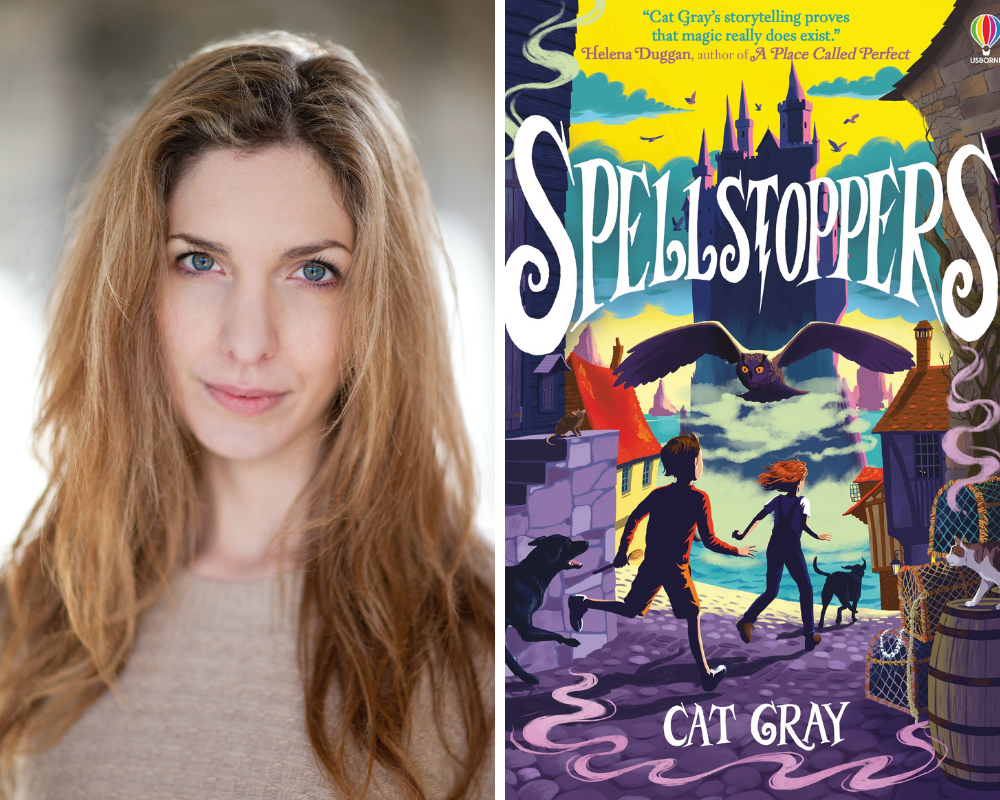Cat Gray on choosing to write a middle grade children’s novel as opposed to adult fiction

The first novel I wrote was literary fiction. I was studying English literature, and it seemed as if that was the only sort of novel that people took seriously. My own attempt was exceedingly tortured and self-conscious, and so painful to produce that I only actually wrote three chapters of it before sending it off to Zadie Smith’s literary agent, pretending that I was sitting on an entire manuscript. By some strange miracle, the agent responded asking to see the rest, and what followed was six hideous weeks where I somehow wrote, edited and submitted an 85,000-word novel.
Unsurprisingly, the agent decided against representing me, and I was so mortified by the entire experience that I swore my novel would never see the light of day, and promptly became a journalist instead.
Fast forward a few years, and I found that I missed writing fiction. By that point, I was the commissioning editor at Harper’s Bazaar, which at that time was edited by the writer Justine Picardie and was very highbrow in tone. The logical thing would have been to have written another literary novel, but something in me rebelled against the idea. I thought about the books that I loved best, and realised that most of them would be classified as children’s fiction. The more I considered it, the more I appreciated what a fantastic genre it was. Middle-grade books – those aimed at 8 to 12 year olds – boast some of the most enduring stories of all time, from Alice in Wonderland to Harry Potter. They endure in a way that few adult titles manage to achieve.
That said, writing for a younger age group is harder than it sounds. The general perception is that it’s easier to write a book for children than adults – that it’s somehow fluffier or more fanciful – but the reality is the complete opposite. You don’t have any room for error when you’re writing for children. The vast majority won’t tolerate dry or flowery prose and need a gripping plot that pulls them in from the first page and holds their attention right to the end. The author Katherine Rundell described writing for children as ‘literary vodka’, in that it distills archetypal emotions such as hope, hunger, joy and fear into their purest forms.
My first couple of forays into the genre weren’t particularly successful – I hadn’t yet figured out the importance of a really strong plot and nuanced main characters – but eventually I wrote the book that got me my agent and a publishing deal. A few people have been surprised at the direction I’ve gone down, but I couldn’t be happier. The most thrilling, heart-warming and memorable stories of all time belong to the middle-grade canon, and I’m very glad I abandoned my doomed attempts at literary fiction and went off in search of an adventure instead.
Spellstoppers by Cat Gray (Usborne; £7.99) is out now; for more information, visit catrionagray.com


